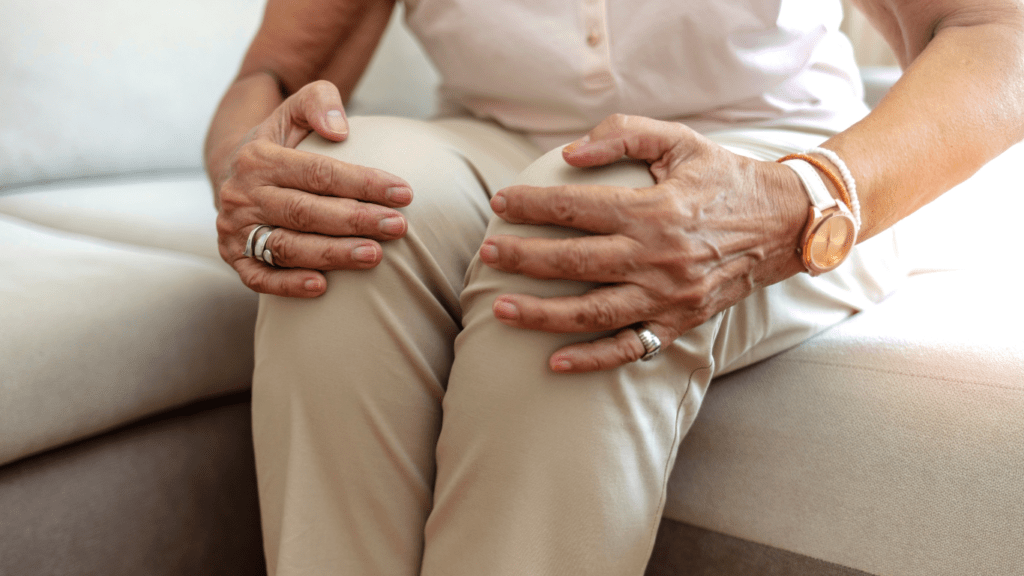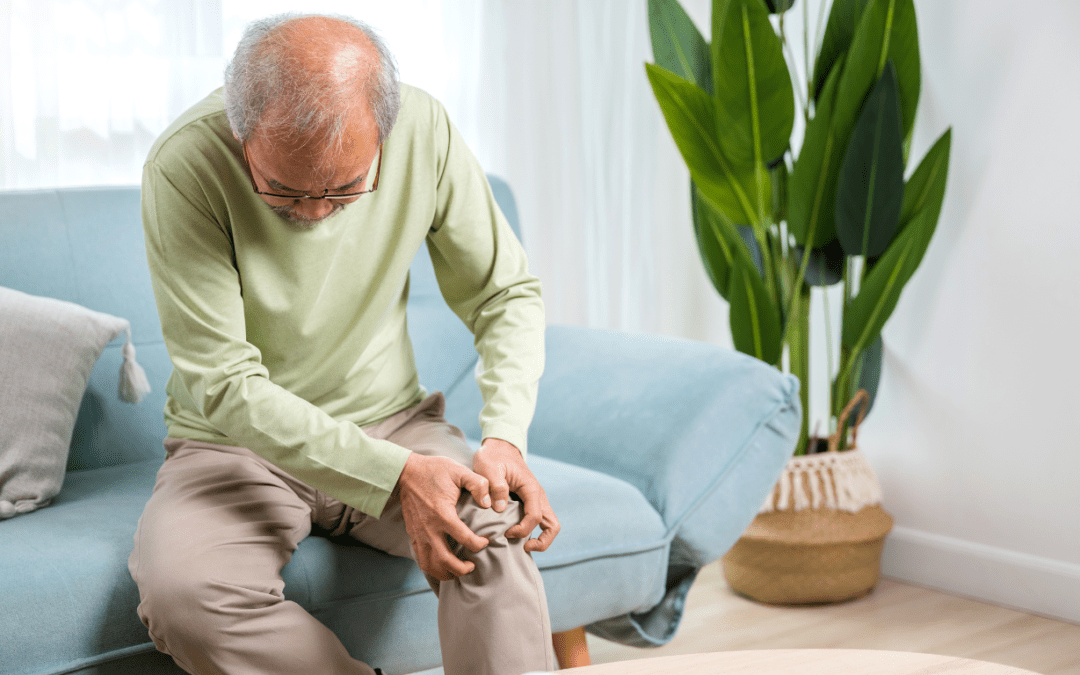Living with osteoarthritis (OA) can feel overwhelming, especially with the persistent pain and stiffness it brings. But don’t lose hope! While there’s no cure for OA, a variety of therapies can help you manage your symptoms and live an active life. Let’s understand Osteoarthritis Therapy options in detail:
What is Osteoarthritis and Why Does it Happen?
OA is a common condition that affects millions worldwide. It occurs when the smooth, cushioning cartilage in your joints gradually wears down over time. This breakdown can happen due to various factors, including:
- Age: As we age, our cartilage naturally becomes thinner and less resilient.
- Previous injuries: Injuries to your joints can increase your risk of developing OA later in life.
- Genetics: Some people are genetically predisposed to developing OA.
- Being overweight or obese: Excess weight puts extra stress on your joints, accelerating cartilage breakdown.

A Brighter Outlook: Understanding Osteoarthritis Therapies
The good news is that you don’t have to let OA control your life. Various treatment options can help you manage your symptoms and improve your overall well-being. You can also click watch this video Understanding Osteoarthritis by Orthopaedic Doctor Arindam Majumdar. Let’s delve into these solutions:
Lifestyle Modifications: Taking Control Through Daily Habits
Simple adjustments to your daily routine can significantly improve you in Understanding Osteoarthritis Therapies. These include:
- Regular exercise: Low-impact activities like swimming, walking, or cycling help keep your joints moving and strengthen the muscles around them.
- Maintaining a healthy weight: Reducing excess weight takes pressure off your joints, easing pain and improving mobility.
- Using supportive devices: Canes, braces, and orthopaedic shoes can provide additional stability and support for your joints.
Finding Relief with Medication:
Over-the-counter pain relievers like acetaminophen and topical creams containing nonsteroidal anti-inflammatory drugs (NSAIDs) can offer temporary relief from pain and inflammation. We recommend you to consult Orthopaedic Doctor Arindam Majumdar as he is one of the most renowned and best orthopaedic doctor in Barasat town which is located in North 24 Parganas of West Bengal.
Working with a Physical Therapist:
A physical therapist can become your partner in managing OA. They will create a personalized exercise program specifically designed to:
- Strengthen your muscles: This helps improve joint stability and support.
- Increase joint flexibility: This allows for greater range of motion and reduces stiffness.
- Manage pain: Exercise releases endorphins, natural painkillers produced by your body.
Targeted Relief with Injections:
In some cases, your doctor might recommend hyaluronic acid injections. These injections act as a lubricant and cushion for the joint, providing targeted pain relief.
Exploring Complementary Therapies:
Consider these additional options alongside your other treatments for a more holistic approach:
- Acupuncture: This traditional Chinese medicine technique involves inserting thin needles into specific points on the body to alleviate pain.
- Massage therapy: Gentle massage can help relax muscles, improve circulation, and reduce pain and stiffness.
- Heat/cold therapy: Applying heat or ice packs to your affected joints can help manage pain and inflammation.
Surgical Intervention as a Last Resort:
In severe cases where other approaches haven’t provided sufficient relief, joint replacement surgery might be an option. This surgery replaces the damaged joint with an artificial one, potentially restoring function and mobility.
Living Well with OA: Essential Tips
Remember, there’s no one-size-fits-all solution for OA. Consulting your doctor is crucial to develop a personalized treatment plan that considers your specific needs, health condition, and lifestyle. Early diagnosis and intervention are key to effectively managing OA and maintaining an active, fulfilling life.
Always consult your doctor for diagnosis and treatment recommendations specific to your situation. This blog post is intended for informational purposes only and should not be a substitute for professional medical advice.

